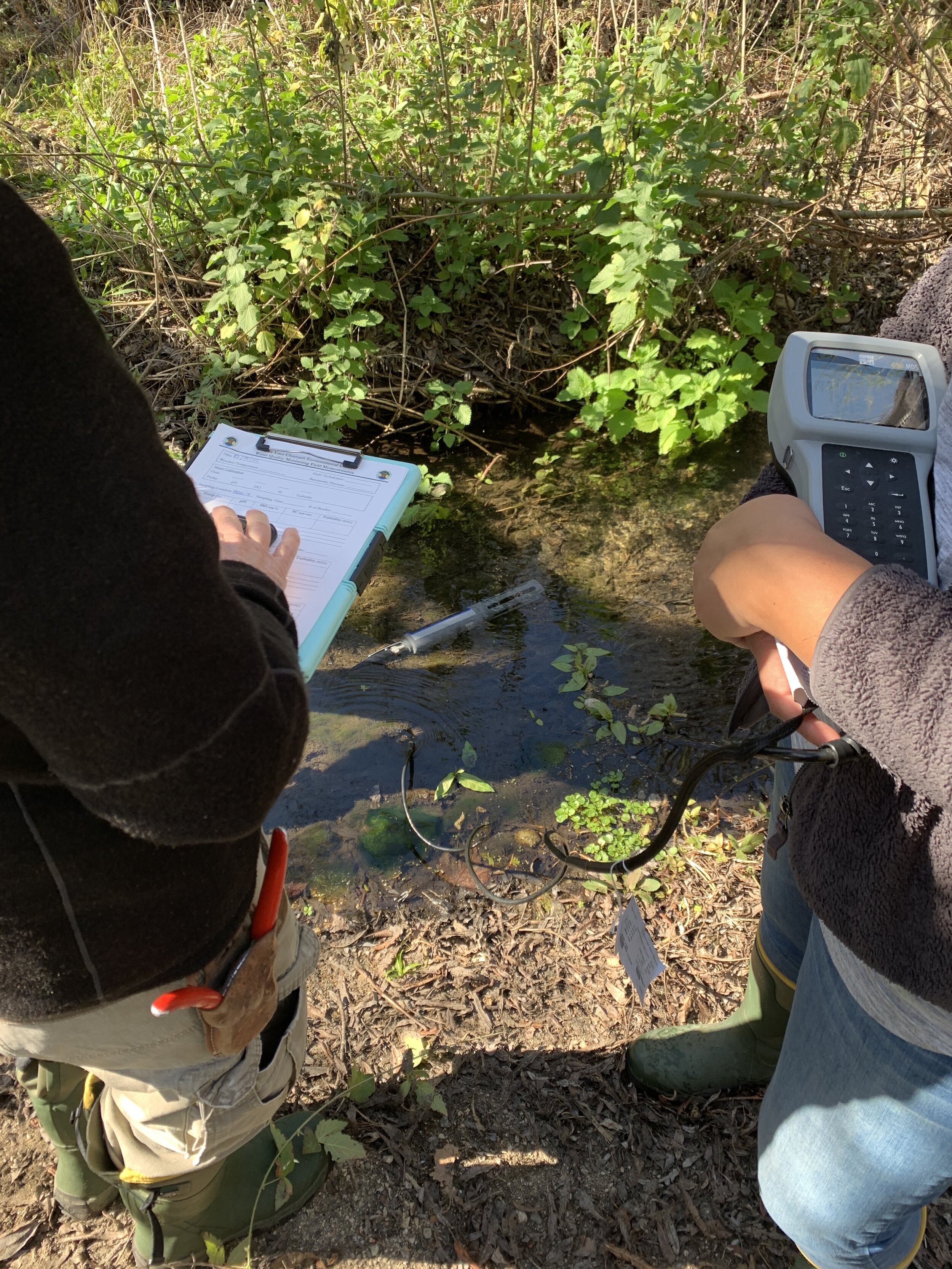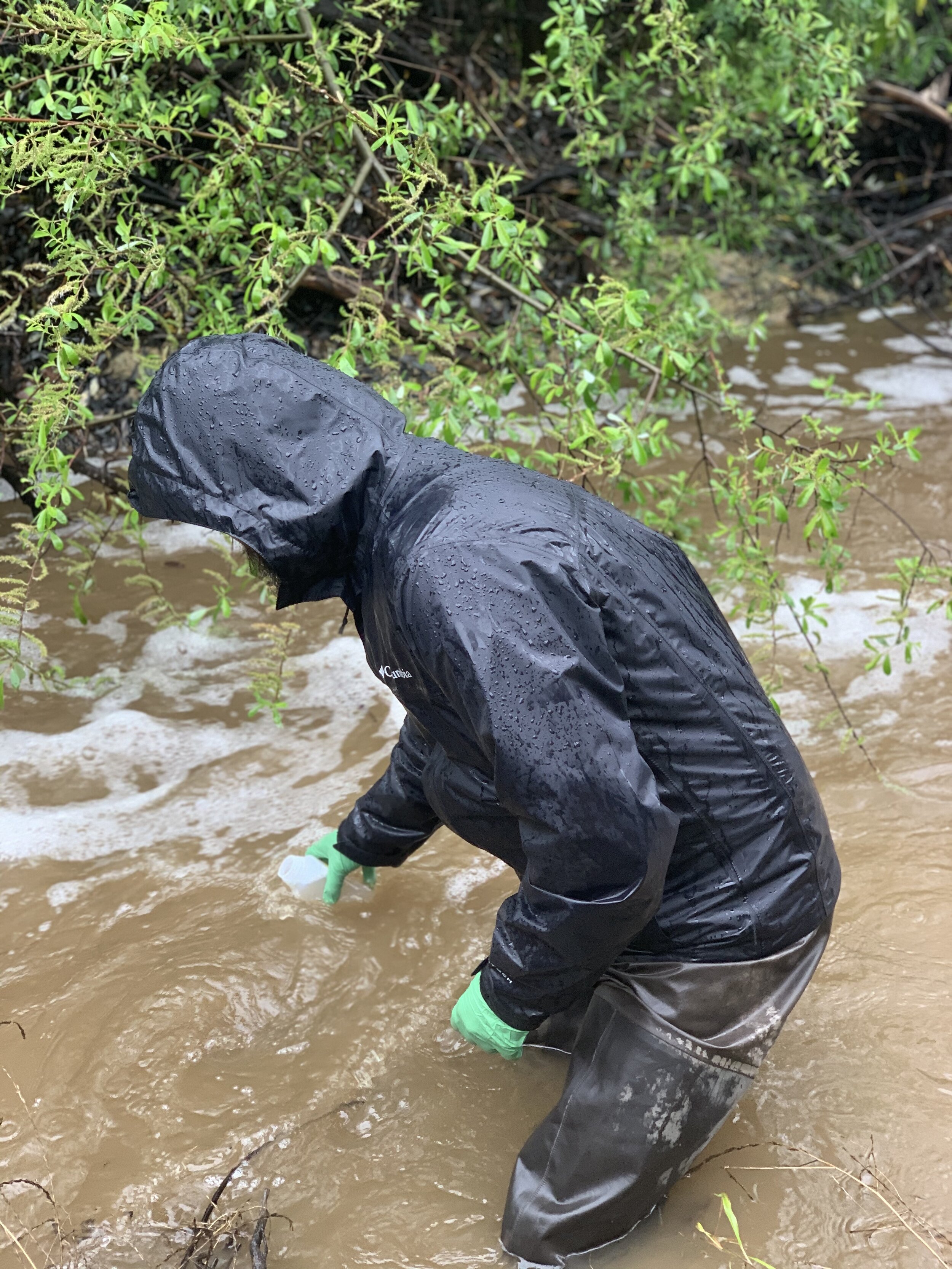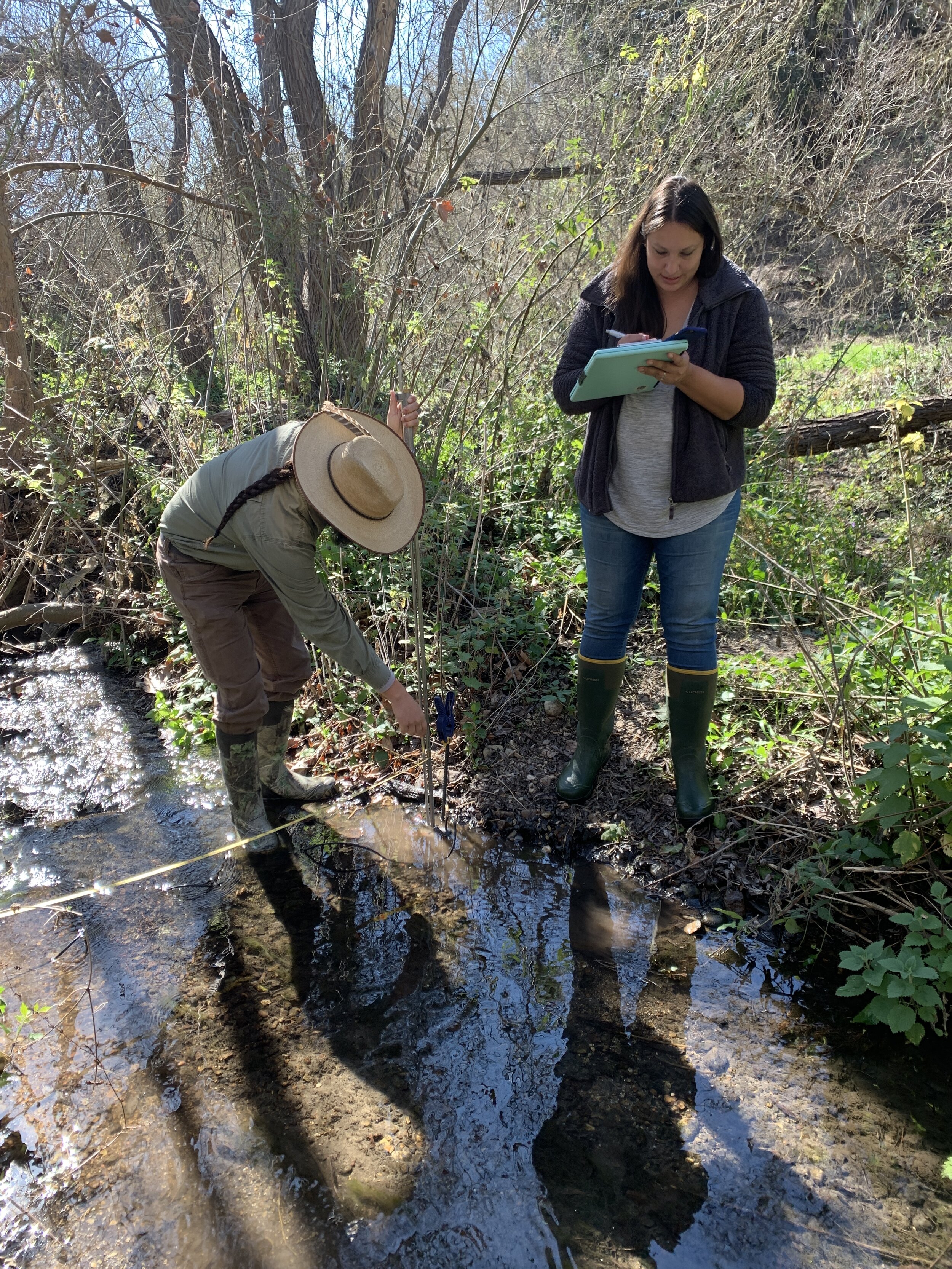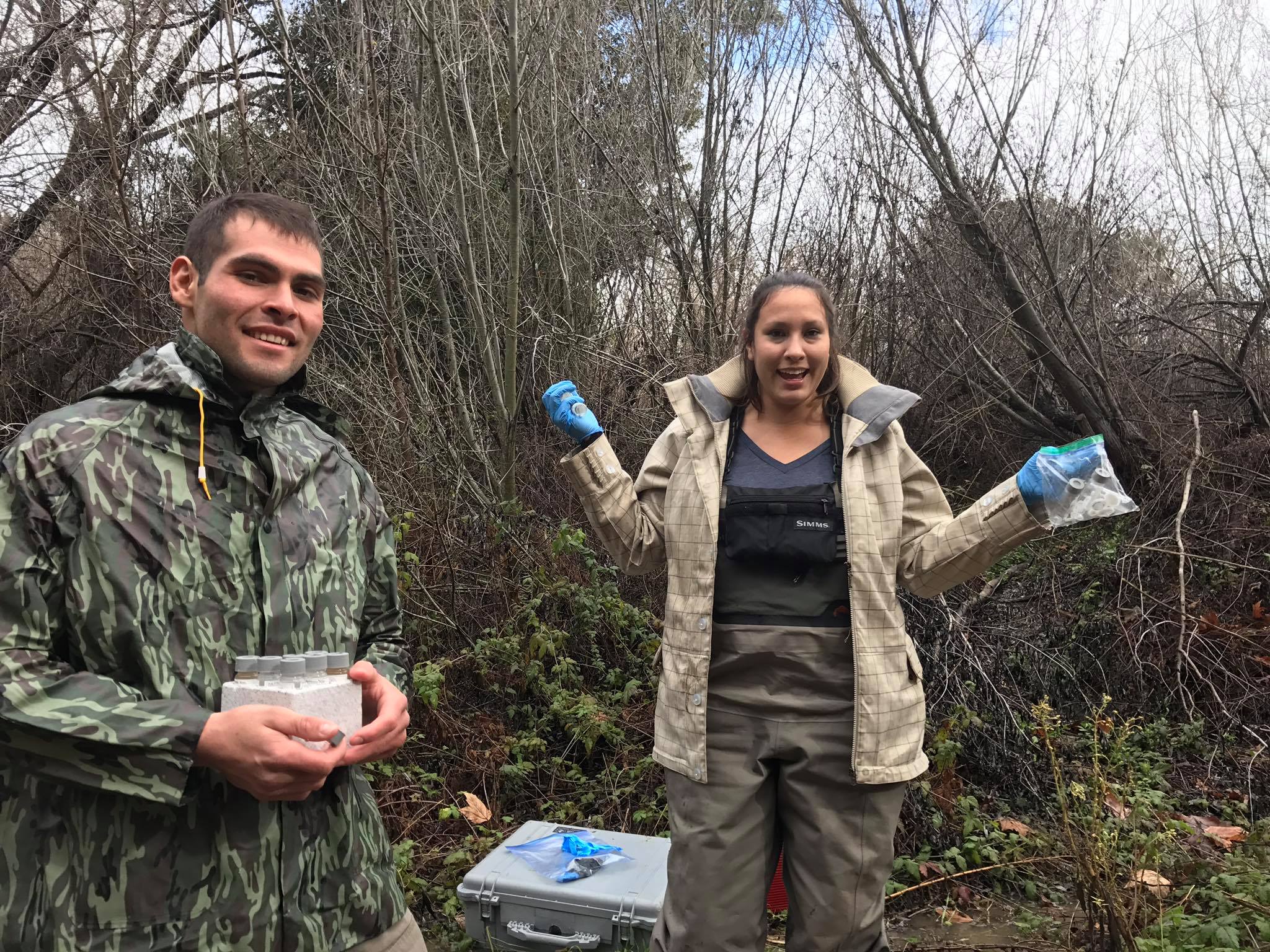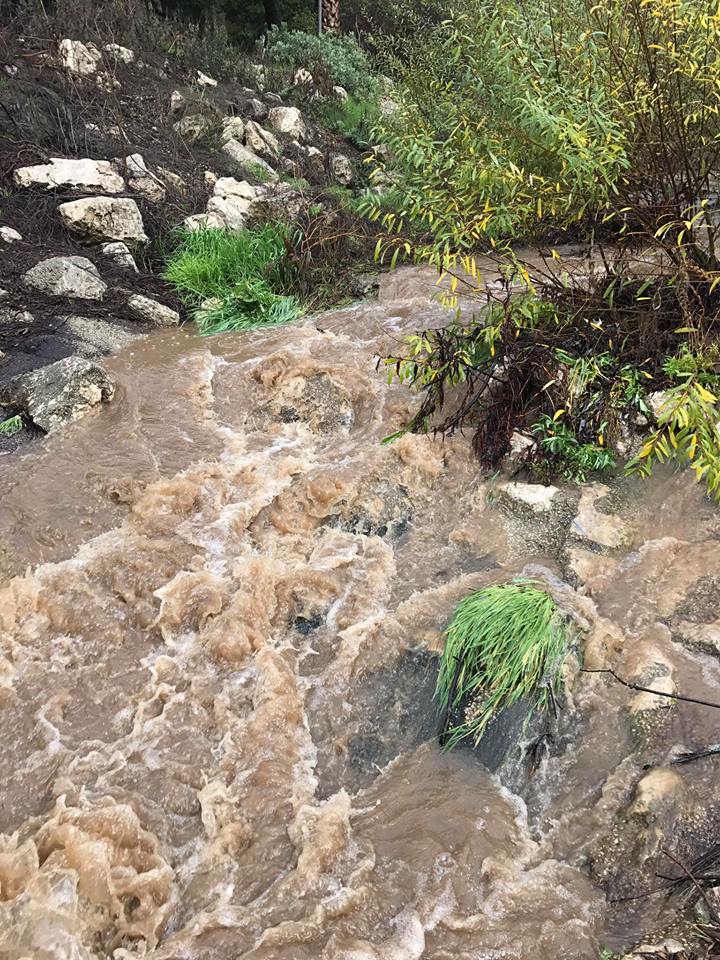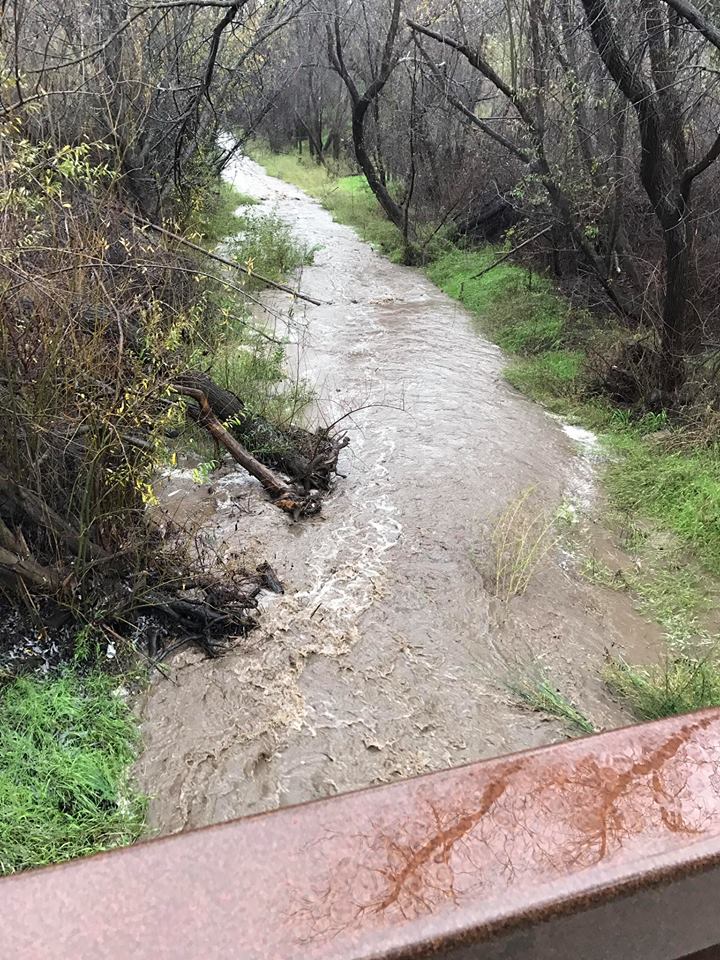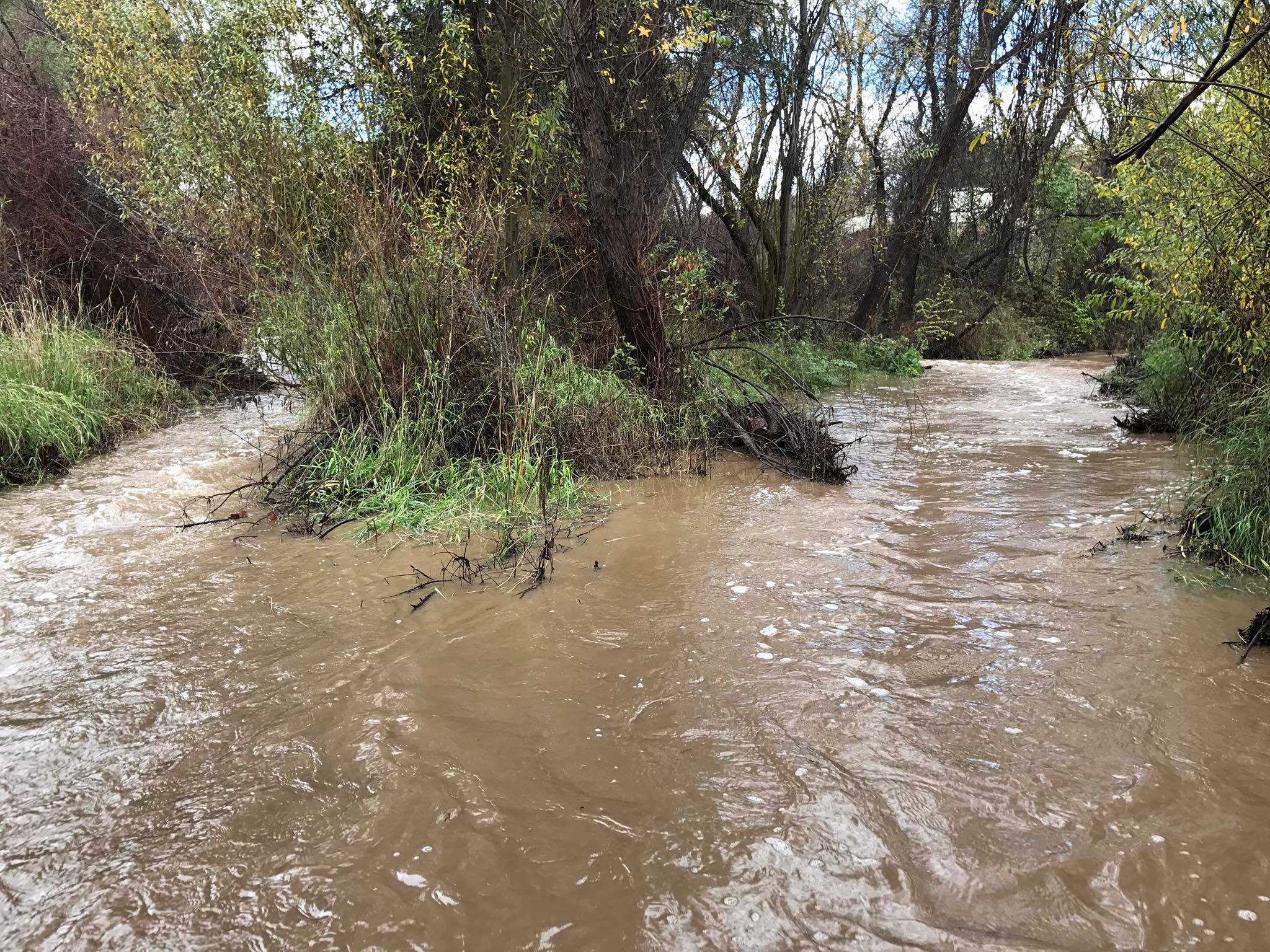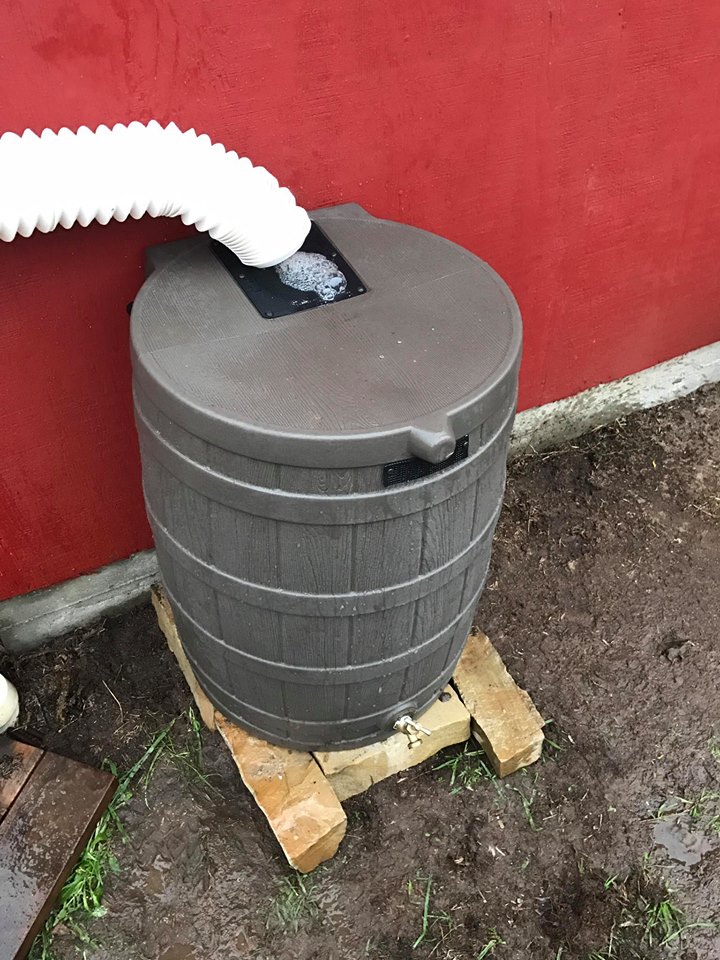Water Quality on Chumash Tribal Lands
The water resources of the Santa Ynez Chumash Reservation include the Zanja de Cota Creek and the underlying Santa Ynez Upland Groundwater Basin. Zanja de Cota Creek, a perennial stream that drains over the 9,000 acre Zanja de Cota Watershed, is one of only half a dozen streams west of Lake Cachuma to have running water year round.
SYCEO has monitored the water quality on the Chumash Reservation since 2008. Zanja De Cota Creek, a year-round flowing stream that meanders across the reservation, is sampled on a monthly basis. Water quality data is used to evaluate overall ecosystem health and to help with identifying potential sources of pollution in the creek. Non-point source (NPS) pollution, which refers to pollution that is not directly released into a water body, occurs when rainfall, snow melt, and irrigation flows over and through the ground. As it moves over the land, it picks up and deposits pollutants into creeks/streams, rivers, lakes, wetlands, coastal waters, and groundwater. Some of the more common pollutants from these non-point sources include: Bacteria and nutrients from pet waste, livestock, and faulty septic systems; Oil, grease, and gasoline/diesel fuels from roadways and parking lots; Sediments from eroding stream banks, improperly managed construction sites, and agricultural lands; Pesticides/ herbicides/ insecticides and other toxic chemicals from agricultural lands, and from residential yards and gardens.
Routine monitoring of Zanja De Cota Creek has indicated that water quality is generally good during dry weather conditions – meeting Tribal water quality standards and guidelines. After a rainstorm, however, the water quality of the creek becomes temporarily impaired due to polluted stormwater runoff flowing into it, which often elevates bacteria, sediment, and trace metal levels.
One measure the SYCEO staff has taken to prevent this is to install stormwater filters in all of the drains. Don’t forget that whatever you put on the ground – intentionally or unintentionally – ultimately ends up in the surrounding environment!
For more information on the current status of Zanja De Cota Creek and to learn more about the Tribe’s water quality monitoring efforts, please contact Julie Colbert at jrandall@santaynezchumash.org.
Efficient Water Use
1.
While the toilets, showers, sinks, dishwashers and washing machines in your home all use a significant amount of water, more than 50% of typical residential water usage occurs outside of the home – in the lawn and garden.
2.
There are several measures you can take to ensure efficient outdoor water use:
It is important to set your sprinklers to water during the times of day when the least amount of water will be lost to evaporation – in the early morning and late evening.
You can also install more efficient watering systems, such as drip irrigation.
Ideally, you can remove your lawn and plant native, drought-tolerant plants and shrubs, paired with mulch and stones.
3.
Methods such as rain-catch barrels, use of native, less-thirsty plants, mulching and drip irrigation have saved the Tribe over 15,000 gallons of water a year! As an added bonus many of the plants have Chumash ceremonial and other cultural uses, and can be harvested on a regular basis.




